Just a reminder that I’m available to come to your book club or community group (especially Italian-oriented groups) to talk about my book and/or my experiences as a traveler and travel planner in Italy. Here’s the scoop:
Readings & Presentations
 I’d love to come to your book group or other organization to discuss and read from my book, Up at the Villa: Travels with my Husband
I’d love to come to your book group or other organization to discuss and read from my book, Up at the Villa: Travels with my Husband
I’m also available to make the following presentations to your group:
(1) The Art of Travel Poetry (a 90-minute workshop)
(2) The Art of Keeping a Travel Journal (a 90-minute workshop)
(3) Around Abruzzo in Words & Pictures (a 45-minute presentation)
(4) Around Umbria in Words & Pictures (a 45-minute presentation)
For more information about bringing me to your group, please contact me.
Buon viaggio!
Linda Dini Jenkins is a card-carrying Italophile, travel planner, freelance writer, and amateur photographer. Travel is her passion, so writing about her travels just comes naturally. She hopes all her travelers find a way to express their joys, surprises, and fears as they travel and gives every traveler a nifty journal to help smooth the way. Learn more…
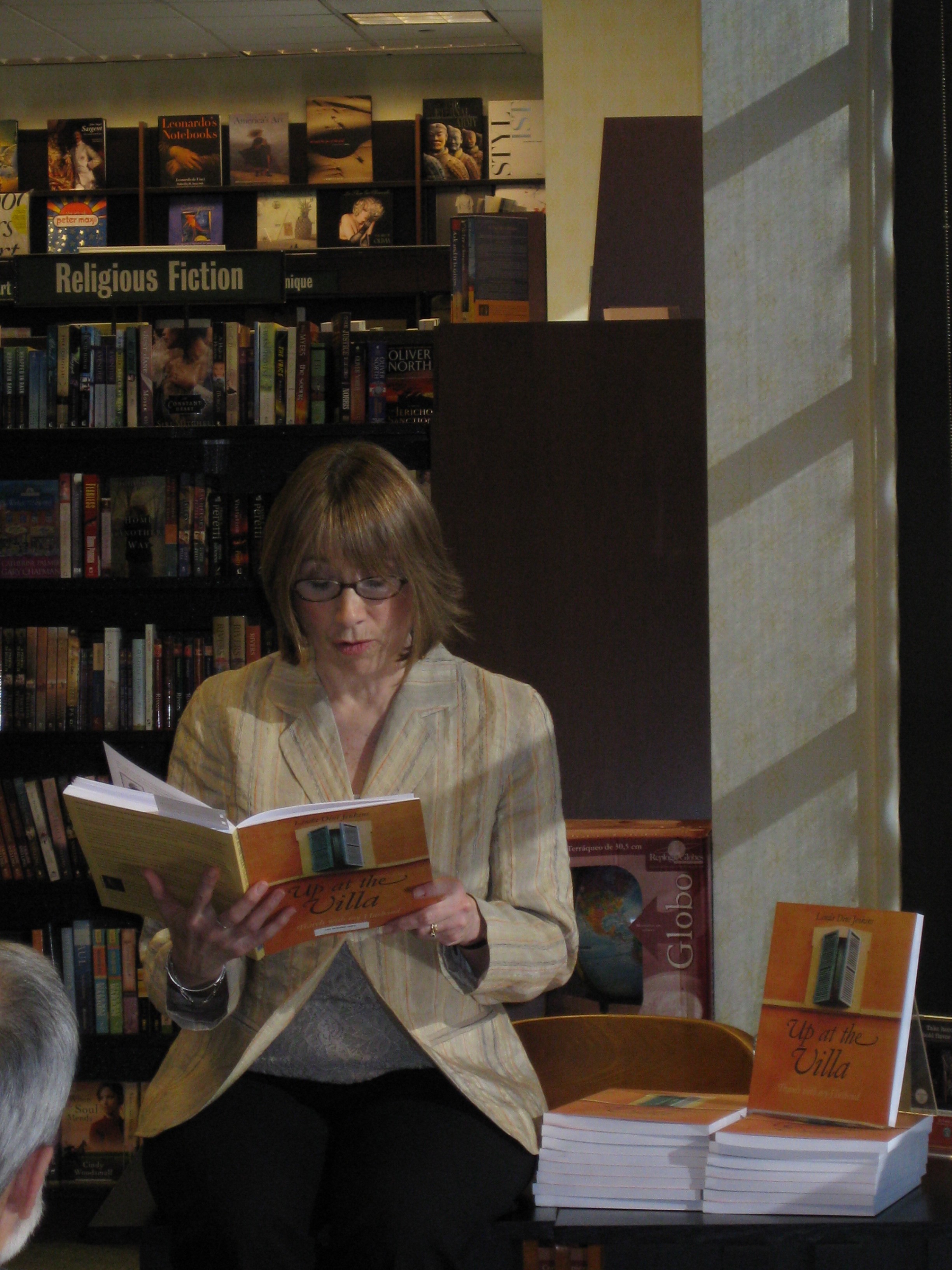

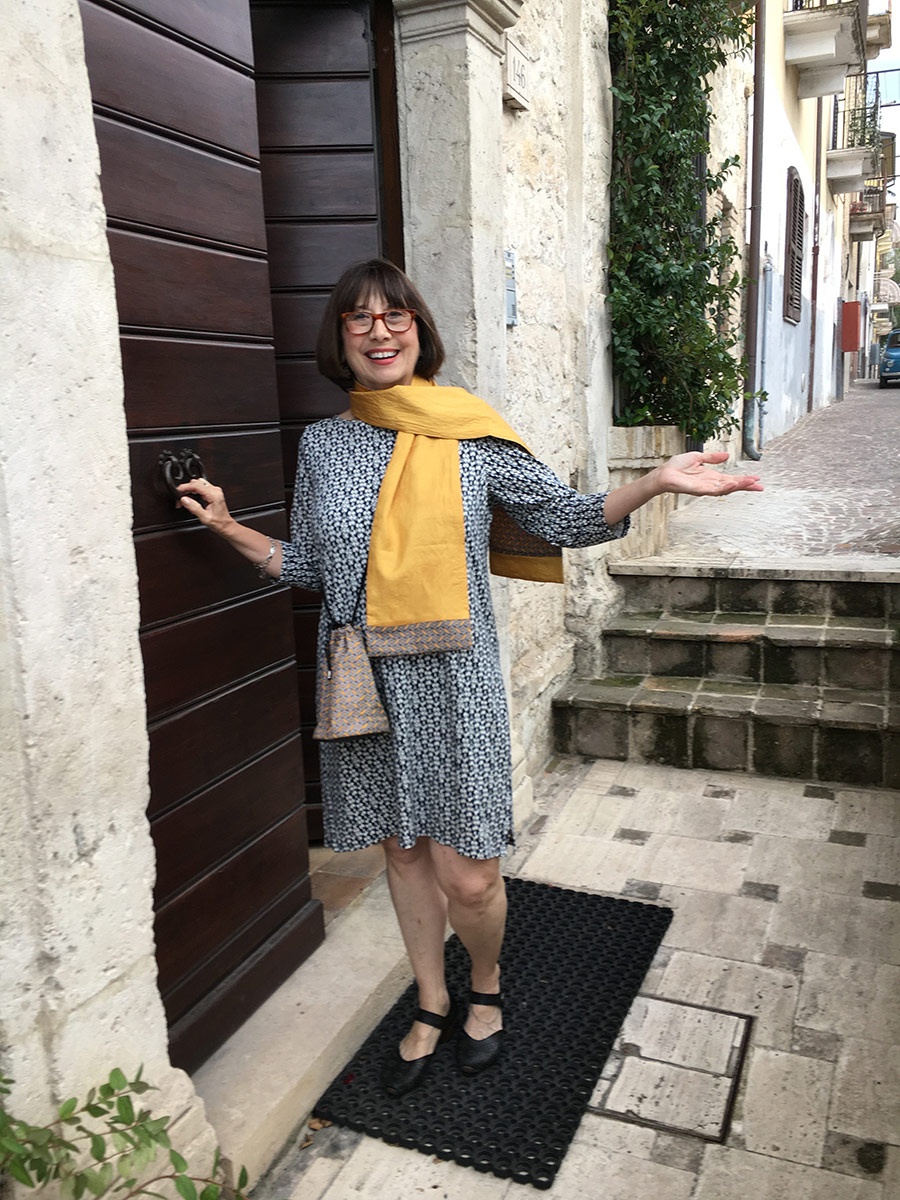
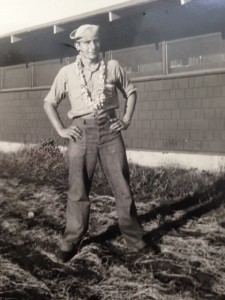


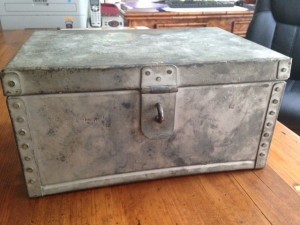
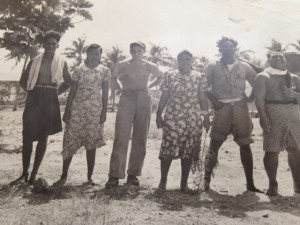
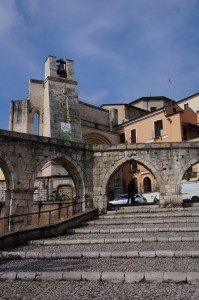
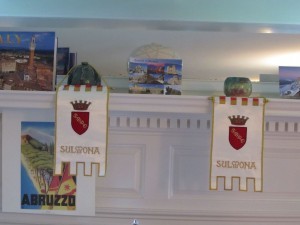
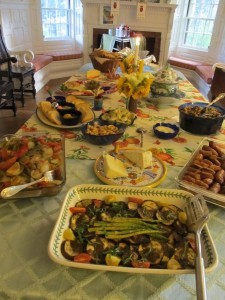
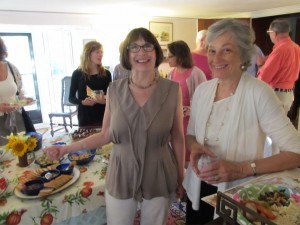

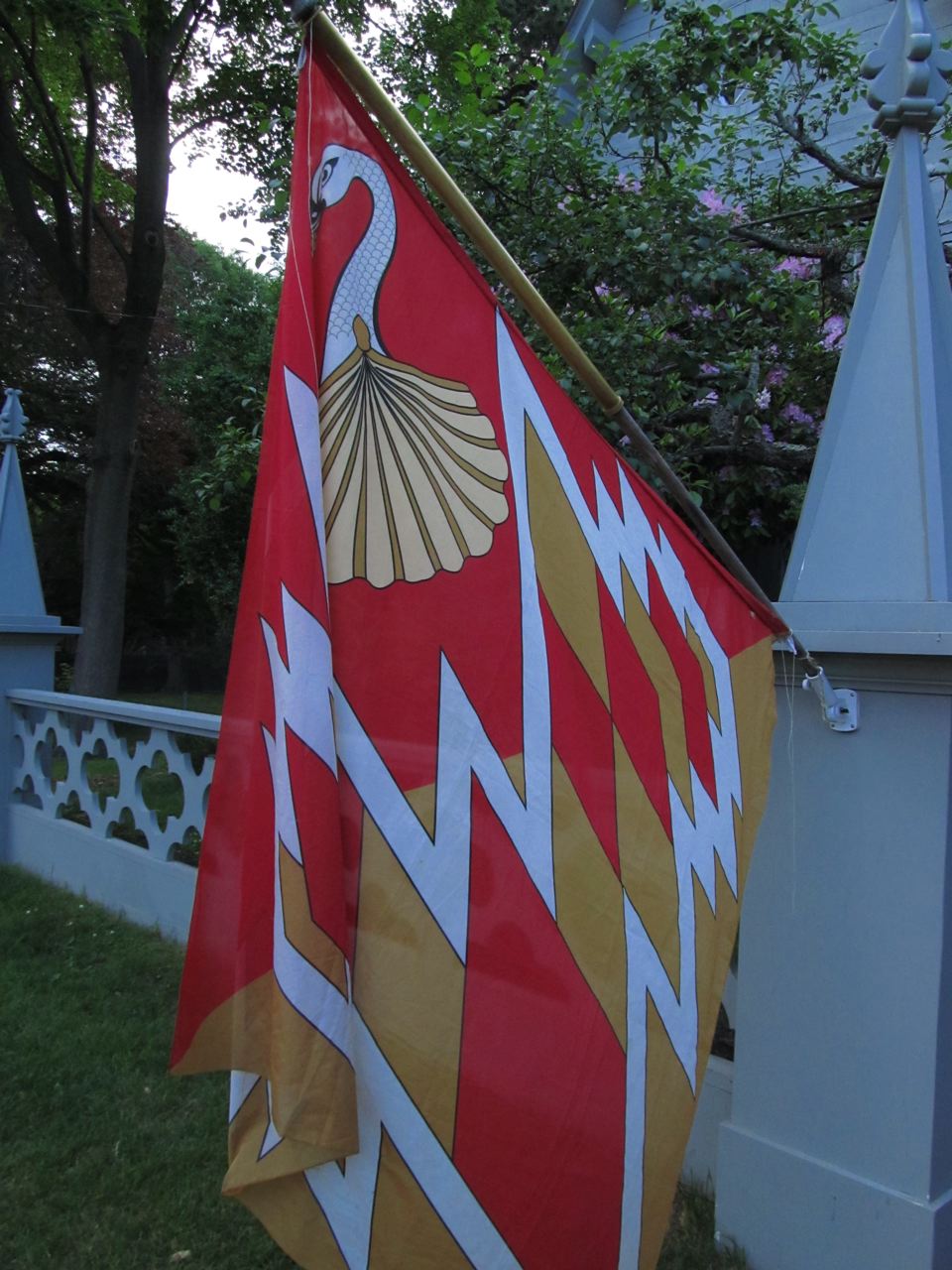
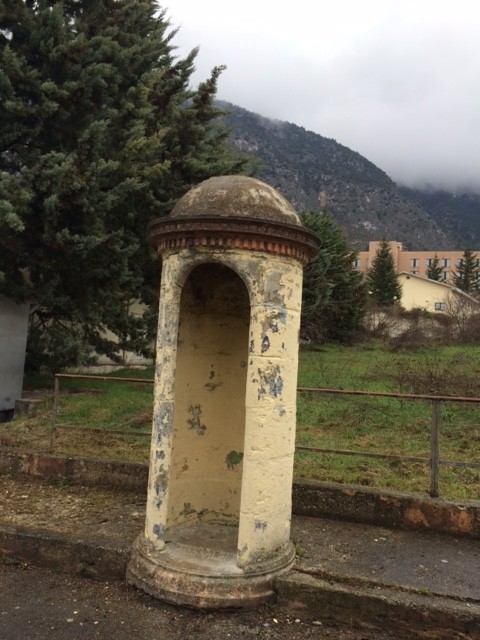

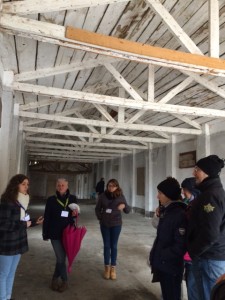
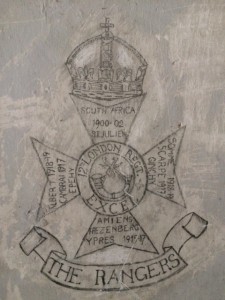
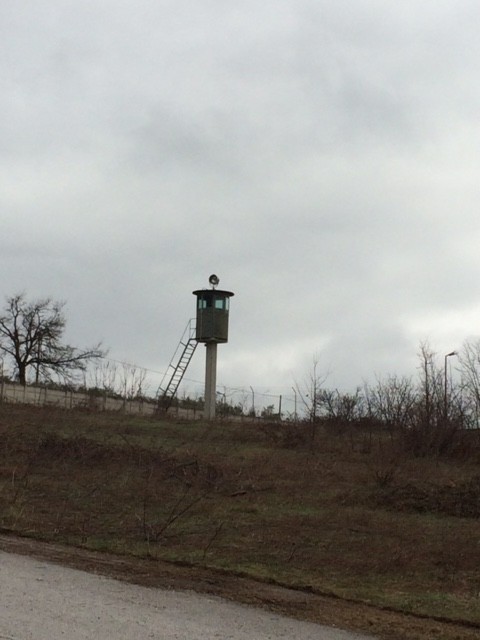
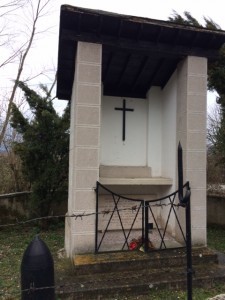

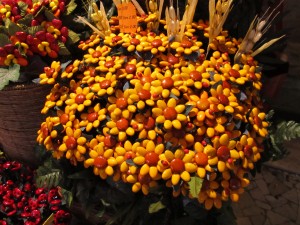
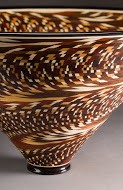
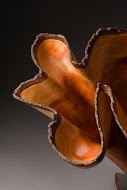
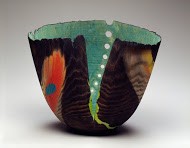
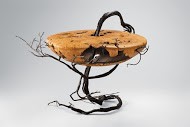
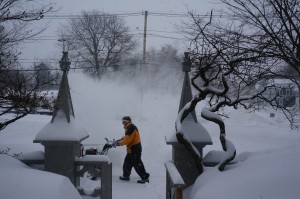
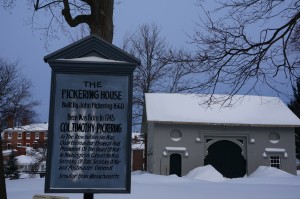
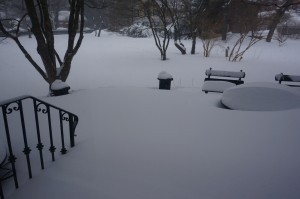
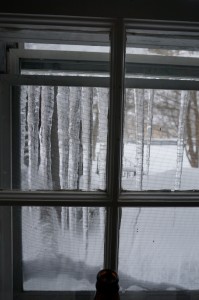
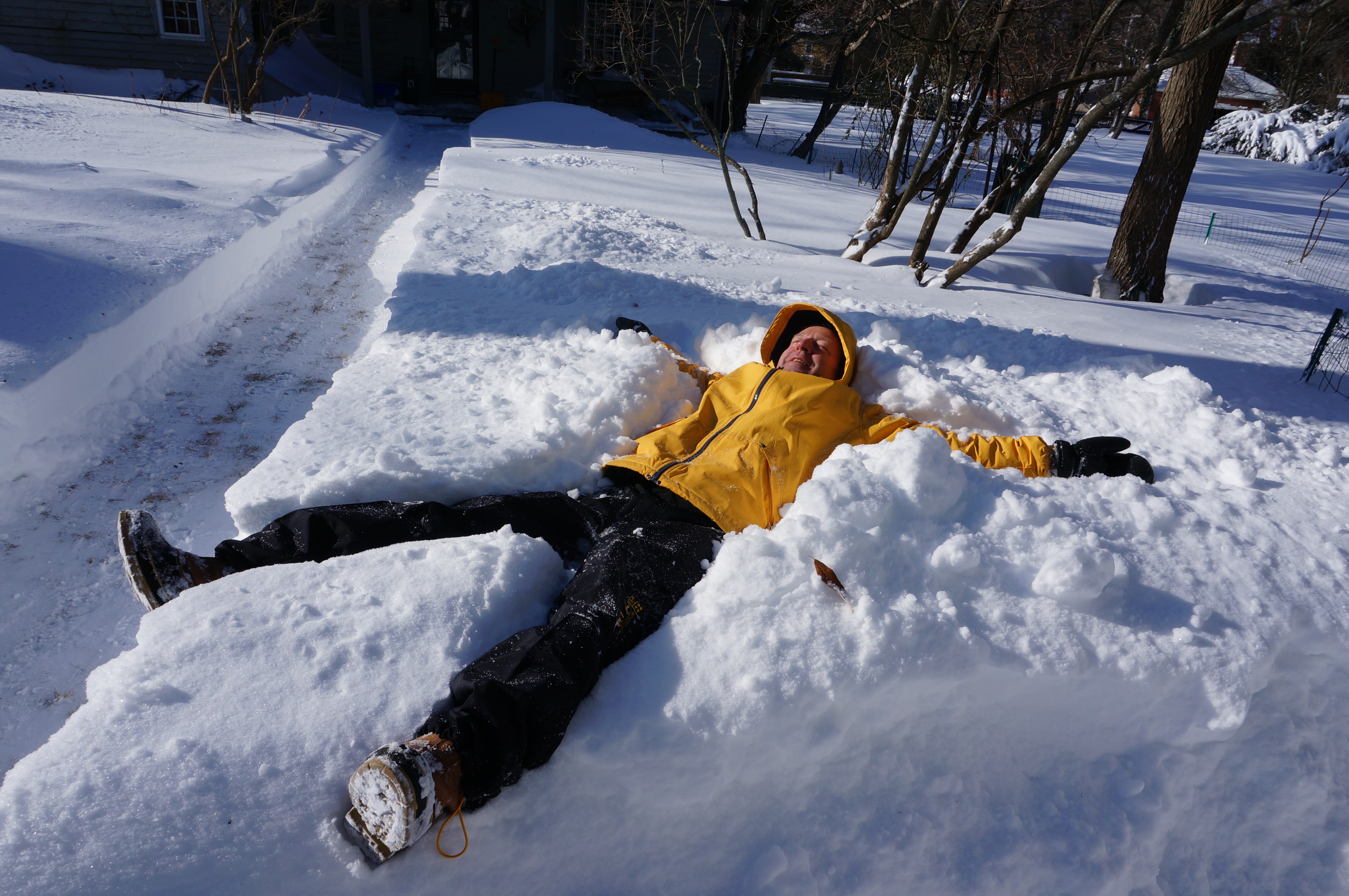
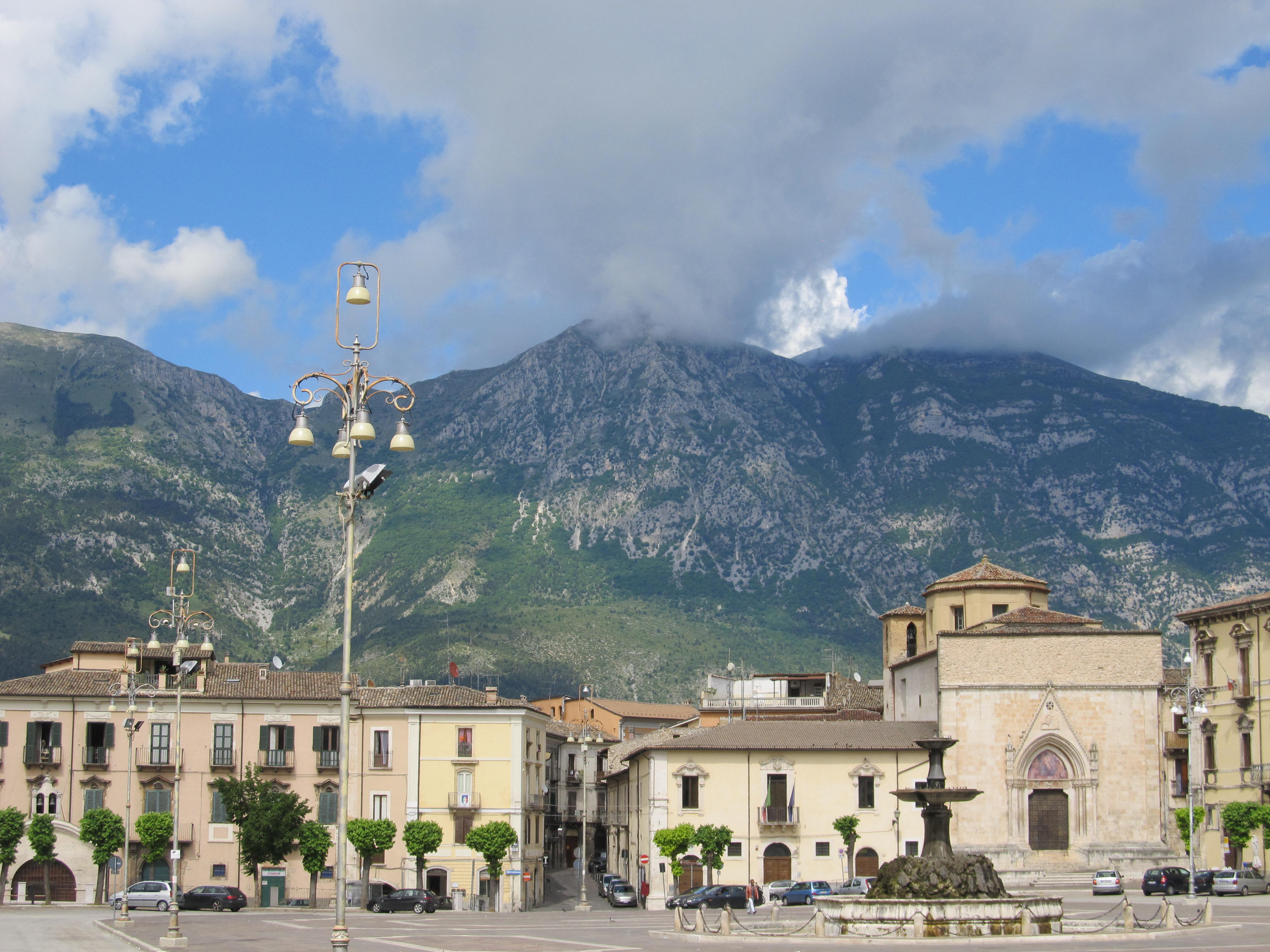
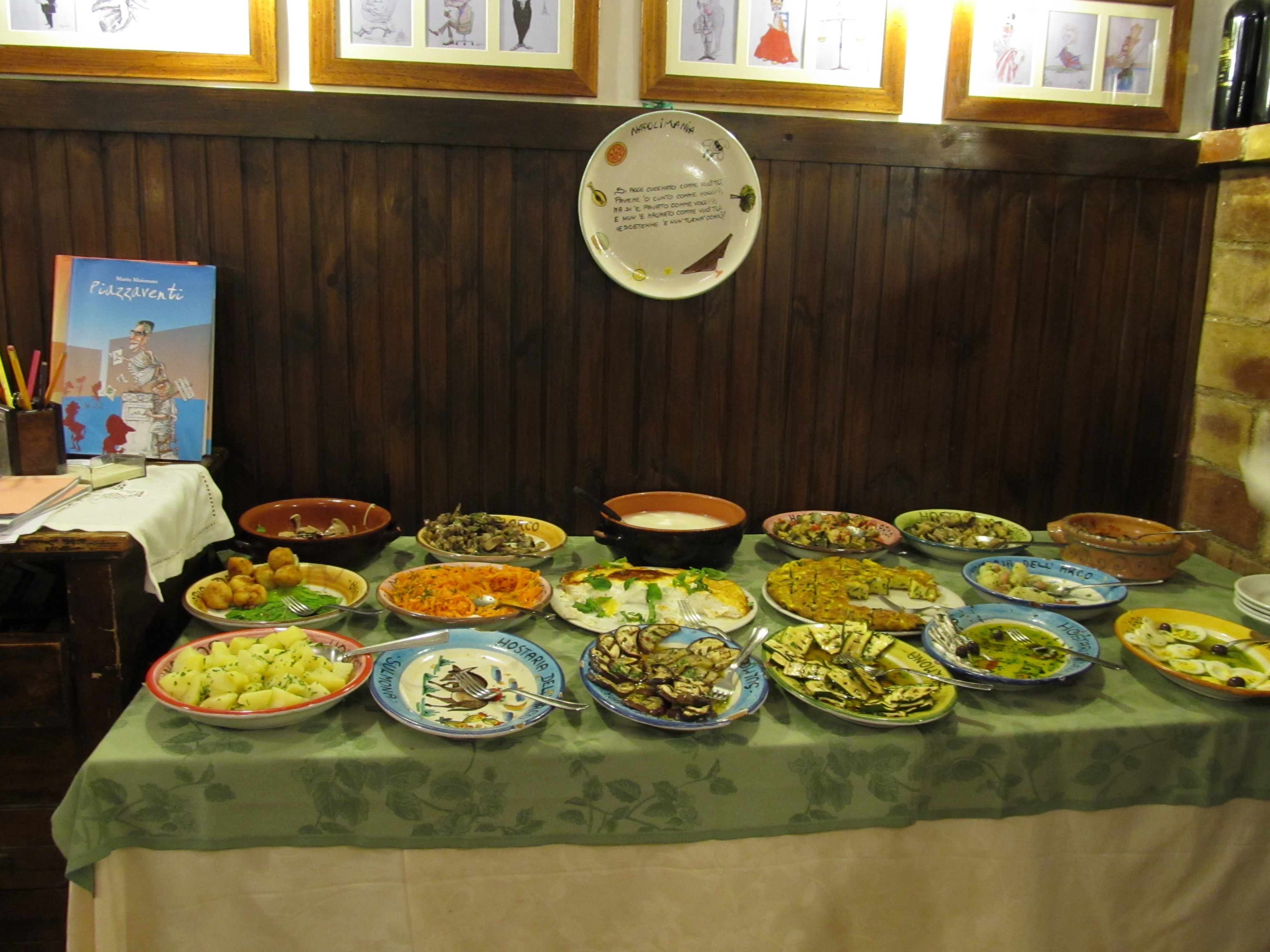


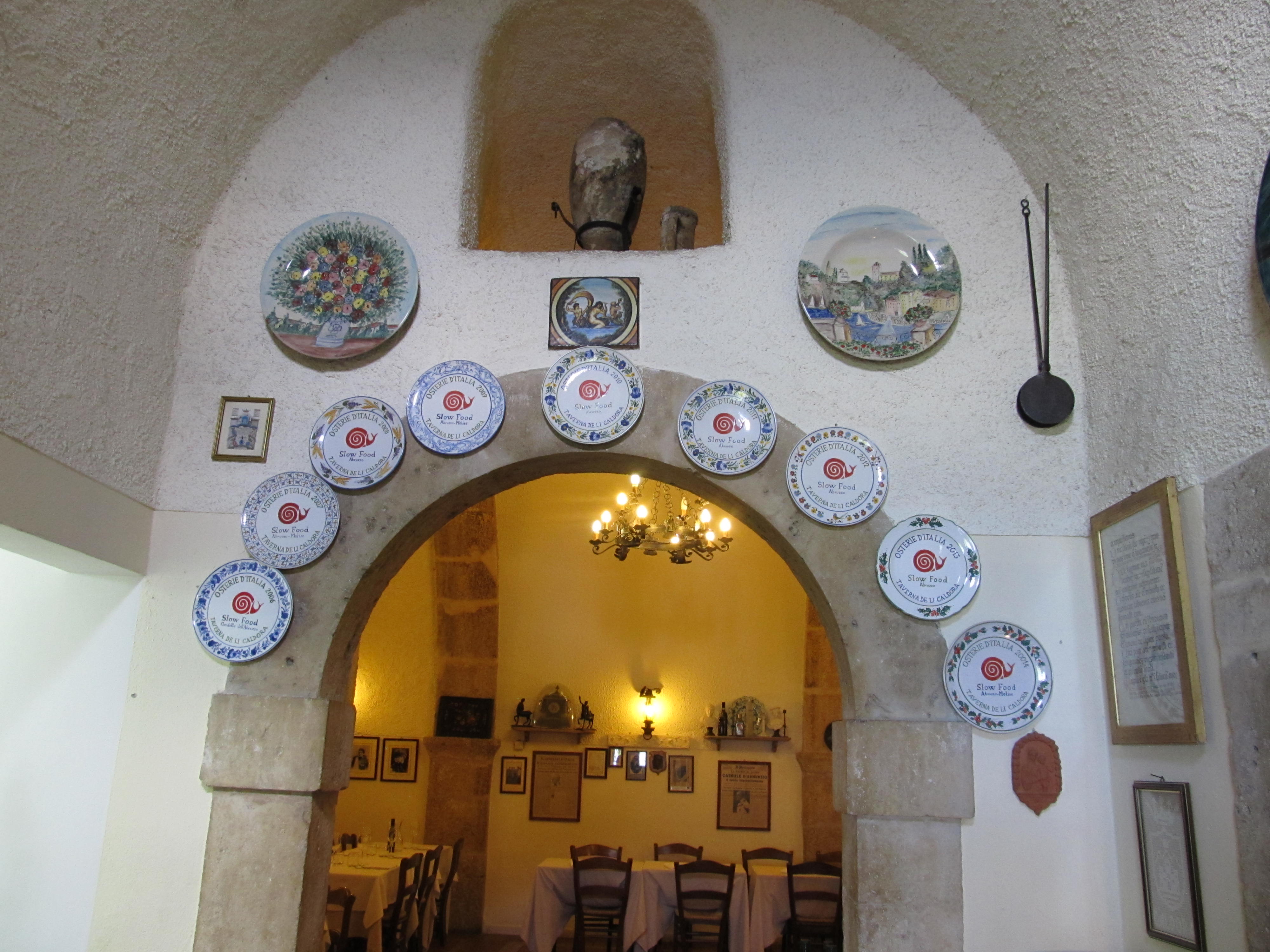

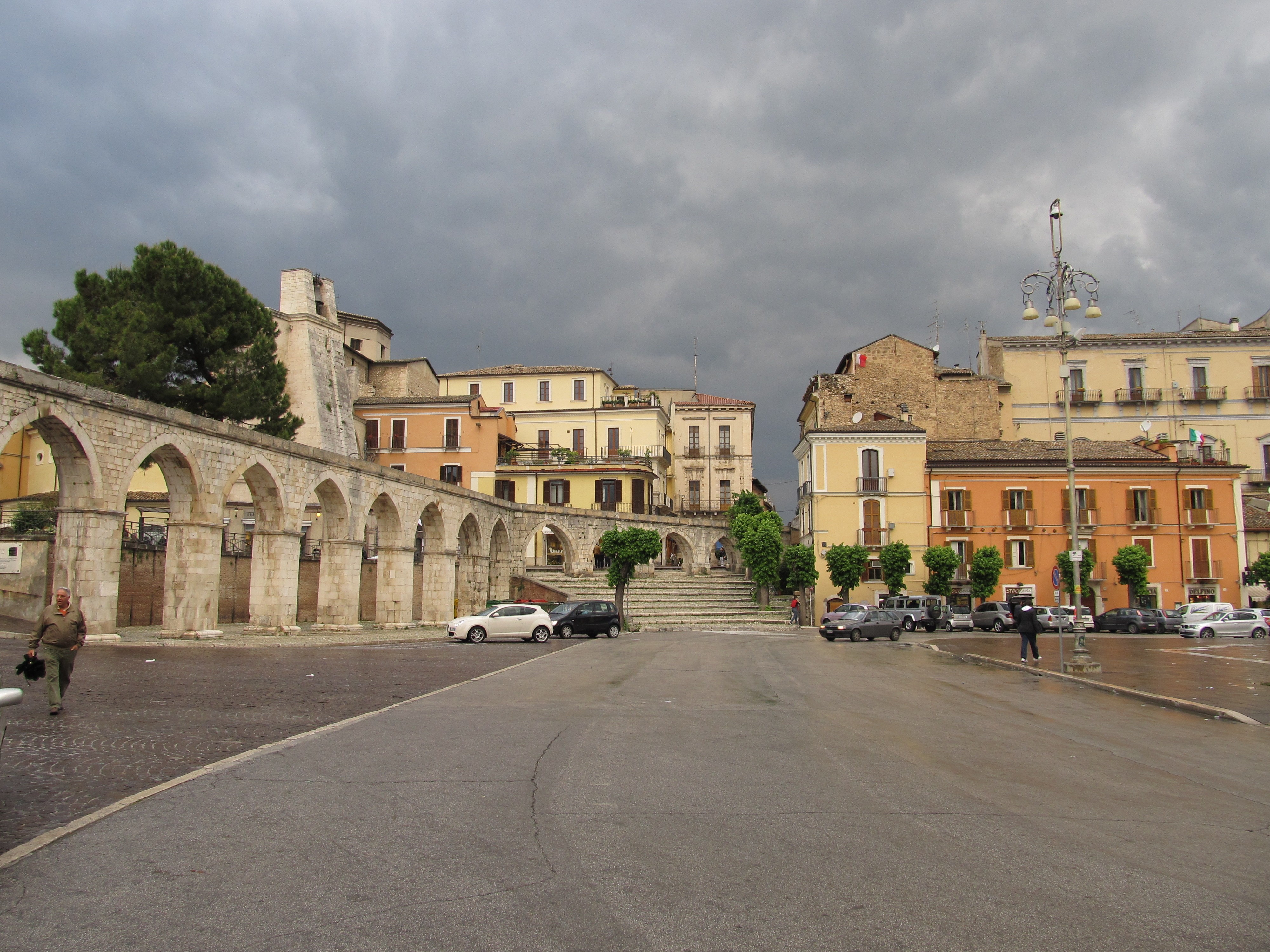


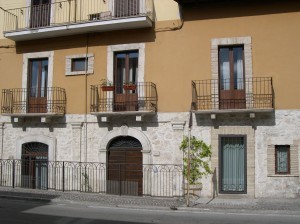
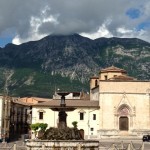
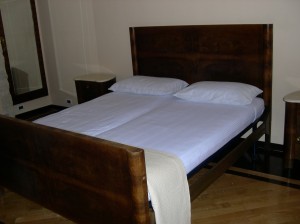
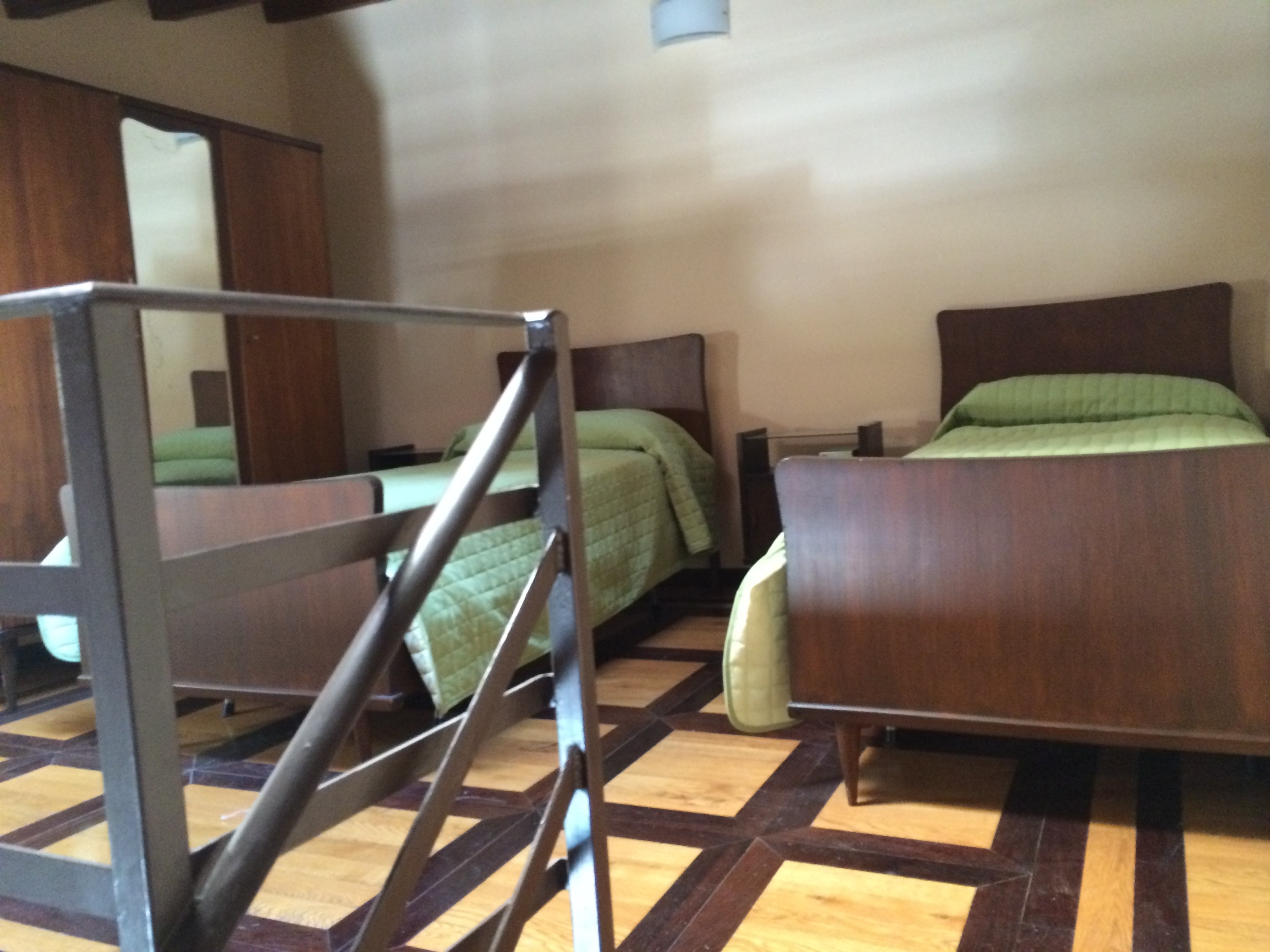
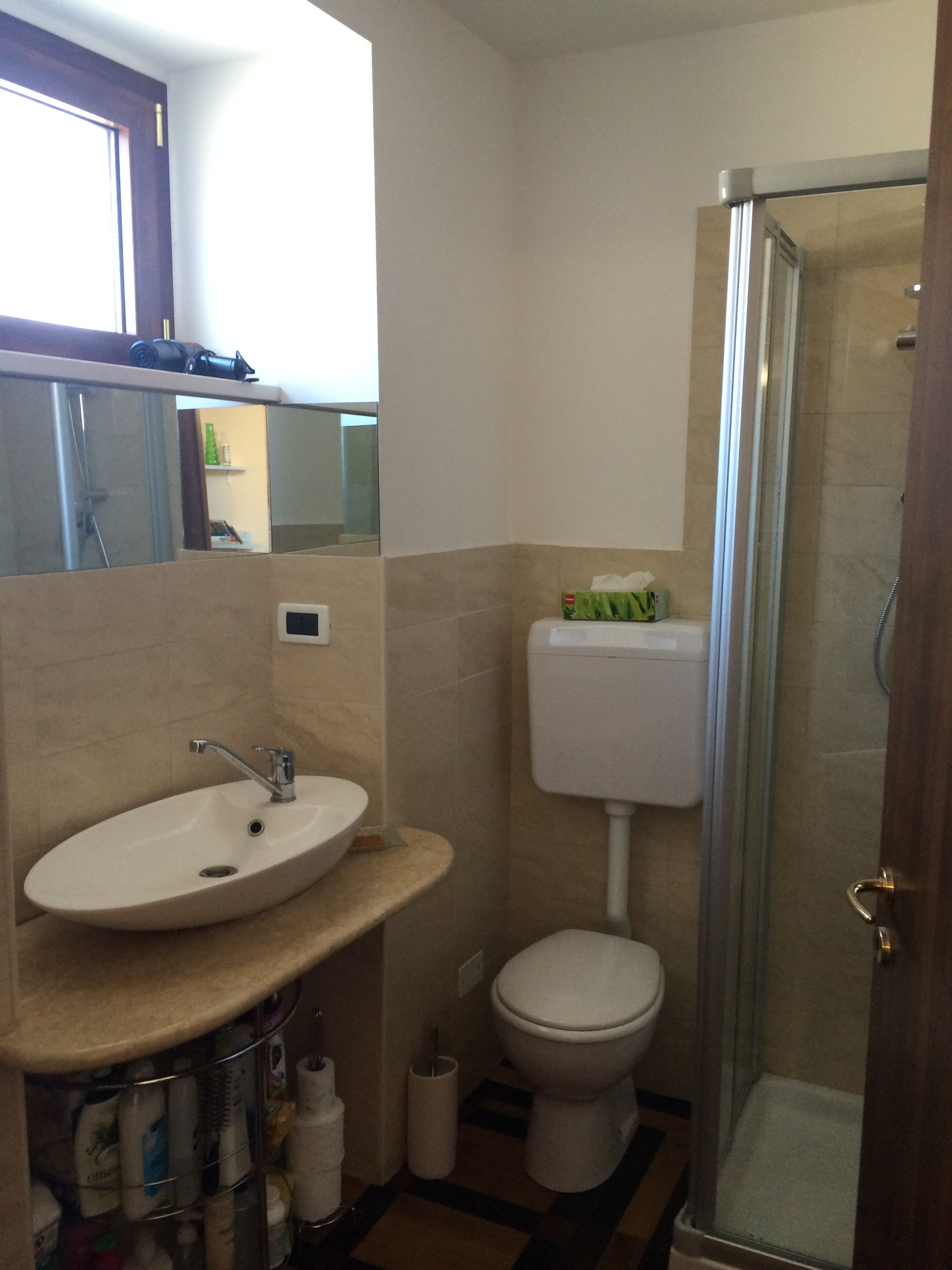
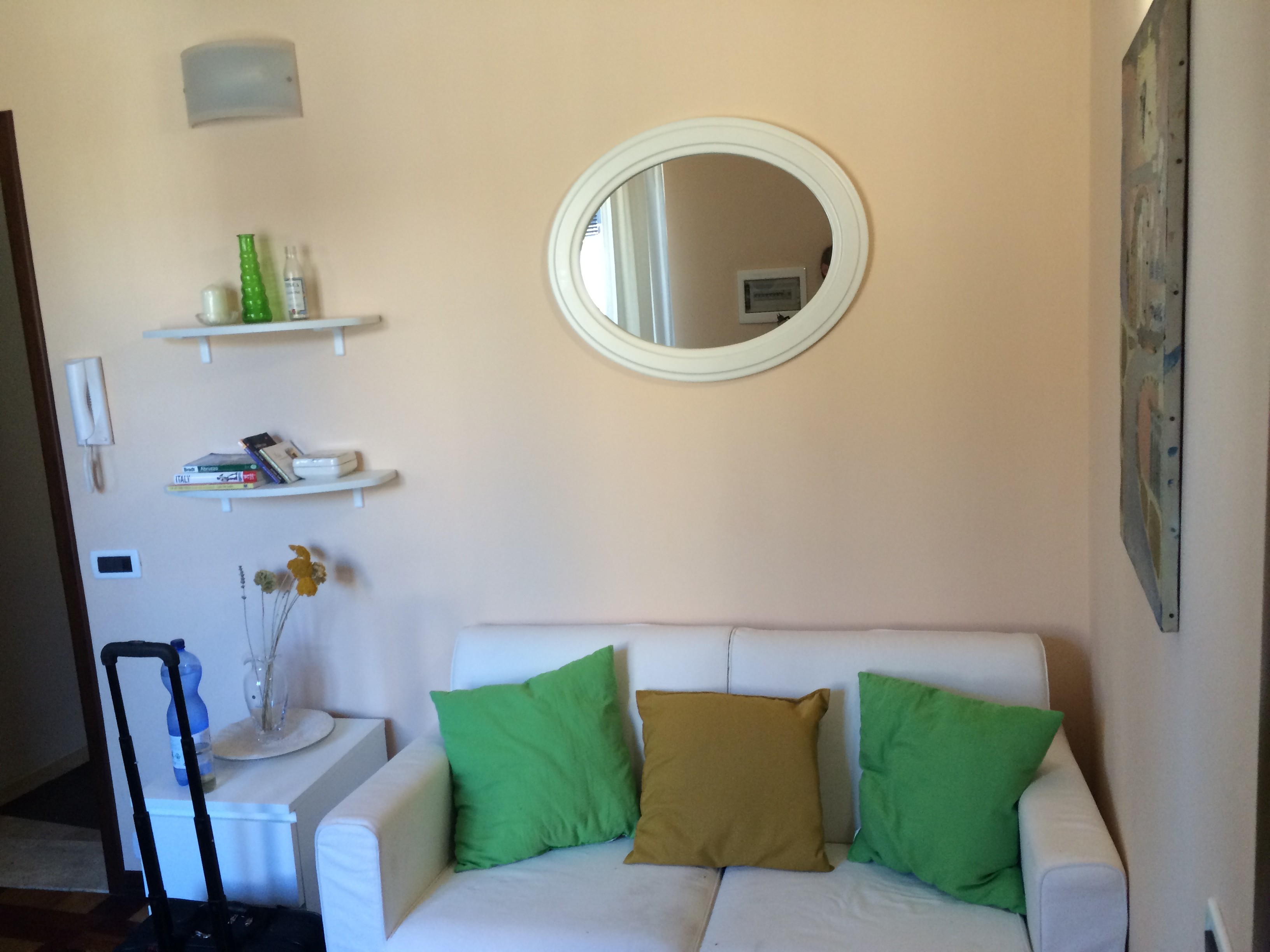

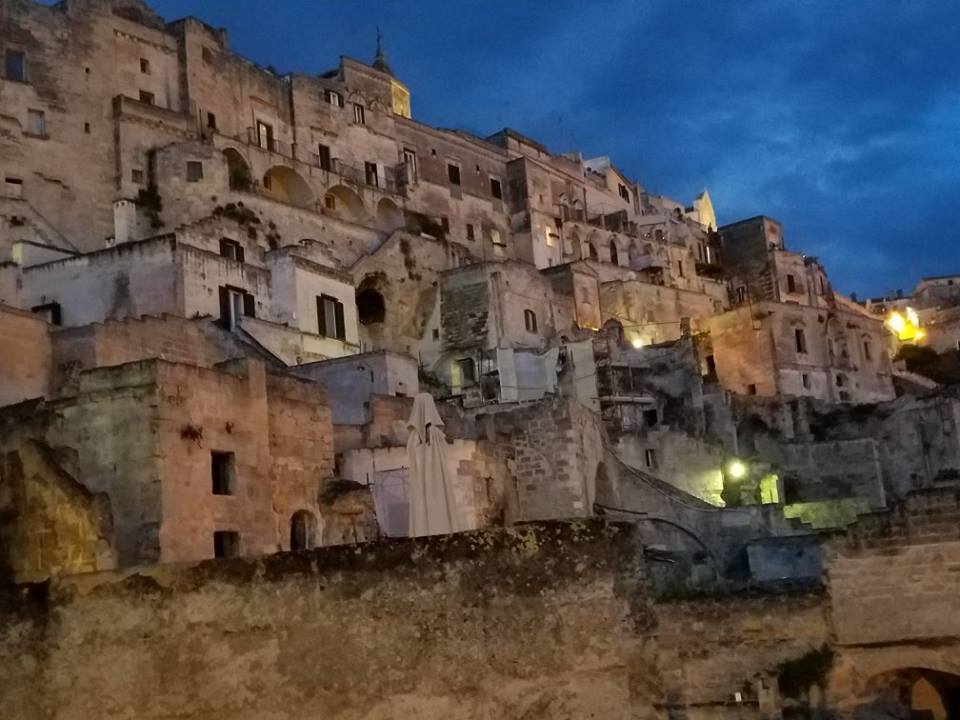
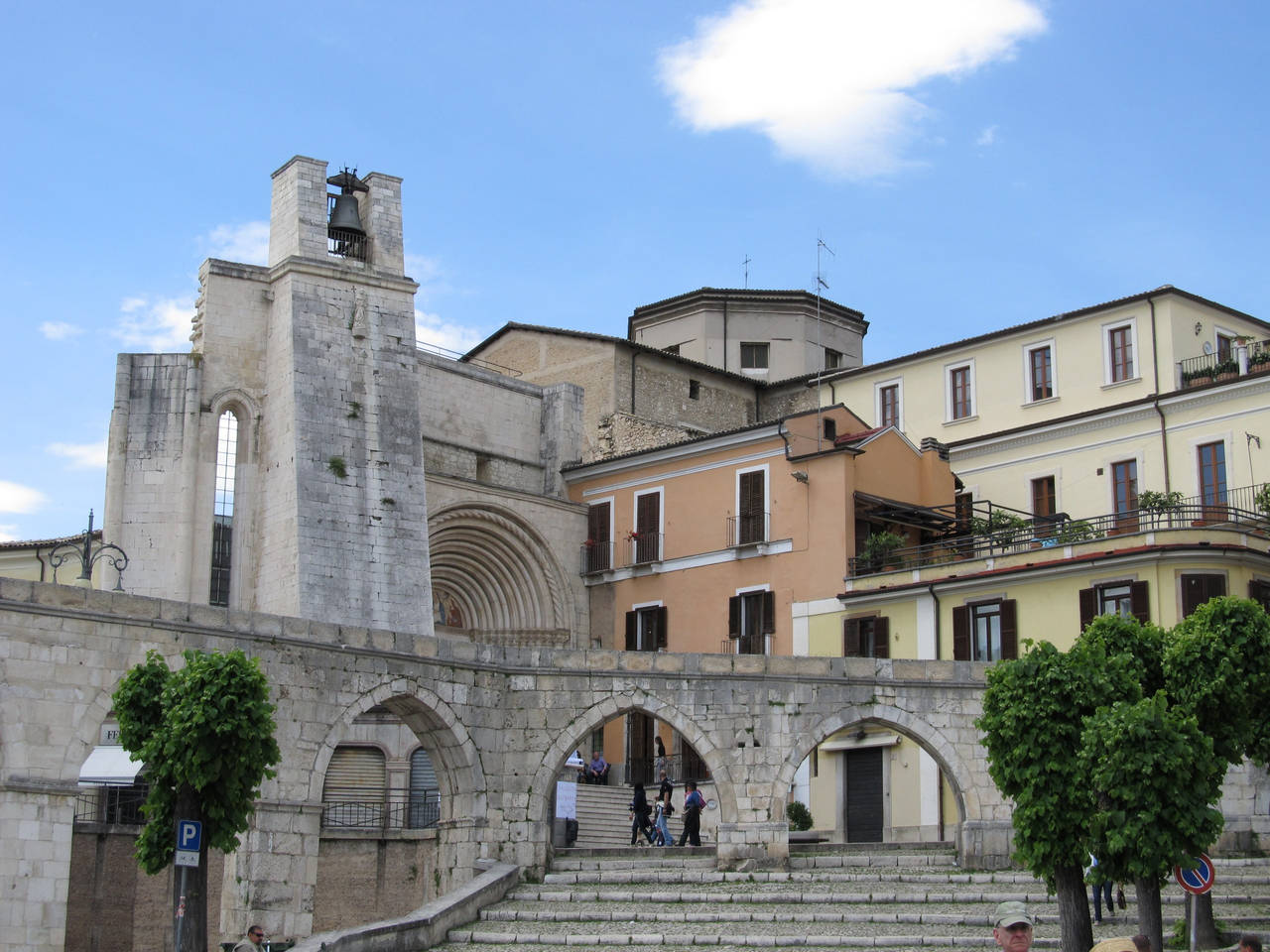

Recent Comments